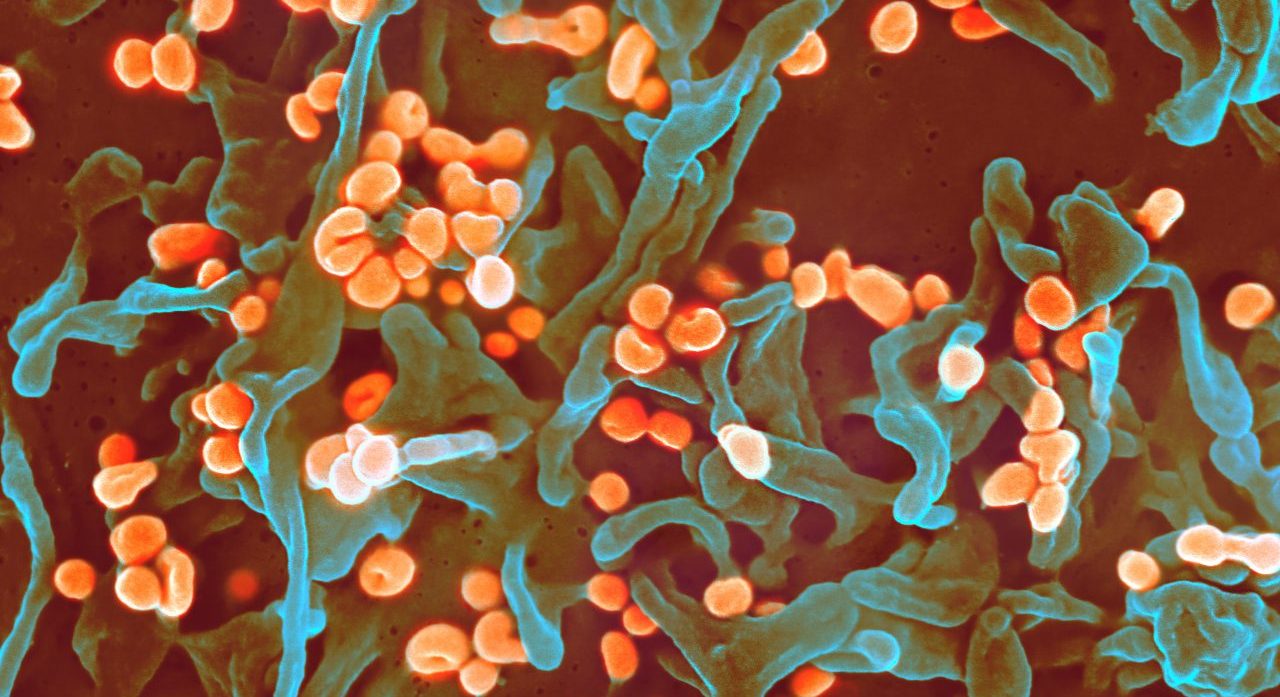Panic Is a Virus

“We are certainly right now in this country out of the pandemic phase.” Dr. Anthony Fauci, April 26, 2022
Whether or not the pandemic is really over, the acute phase of the disease is, I hope, largely behind us, and we can now, at last, enjoy a brief bit of perspective on COVID and our collective response to it.
In this series I’m going to focus on the divisive nature of our reaction to the pandemic, and I’m going to assert that (a) we had no business demonizing people who disagreed with us because (b) we were all wrong about almost everything. Panic, in other words, is a virus.
To emphasize our differences, I’m going to divide all of America into Blues, Reds, and Purples. Blues, you will not be surprised to hear, are those who favored strong-and-long lockdowns, following the science, wearing masks, and getting vaccinated.
Reds, you will not be surprised to hear, are those who favored short-and-light lockdowns, questioning the science, dispensing with masks at the first opportunity, and being skeptical of vaccines that had been “rushed onto the market.”
Oh – and the Purples? The Purples were those who refused to take sides, saw both wisdom and folly in both Blue and Red opinions, and declined to hate people because of their views on COVID. As far as I can tell, in a country of some 330 million people, there were no Purples.
So let’s look at the main social, political, and scientific issues COVID raised and, based on what we now know, reflect on how deeply and bitterly flawed our reactions were. We’ll start with:
Lockdowns
When COVID struck the United States in early 2020 most states and cities entered lockdowns. It was a perfectly sensible thing to do since we didn’t know where the virus came from, how it passed from person to person, or how dangerous it might be. Those of us – mainly Red people and Red media – who were enraged by the lockdowns were simply wrong. We needed to do something and lockdowns at least offered the possibility of slowing the disease until we could learn more about it. Lockdowns were a tool to buy time.
But as the length of the lockdowns grew, legitimate questions about their effectiveness and consequences began to arise. It was very difficult to tell whether lockdowns were saving lives, but it was increasingly clear how devastating they were to the economy, how disparate the effect of lockdowns were on rich versus poor, and how corrosive their effects were on the education and mental health of our children.
At that point some states – mostly Red states – began to “open up,” that is, to loosen the lockdown rules that prevailed in their jurisdictions, while other states – mostly Blue states – remained in hard lockdowns. We went nuts. Governors, mayors, and health commissioners in the Blue states were denounced as power-hungry Nazis who cared not at all about the suffering the lockdowns were causing. Officials in Red states were castigated as “murderers” – Gov. DeSantis, in Florida, was dubbed “Dr. DeathSentence” by Blue media.
We were all wrong. No one knew at the time whether the lockdowns should end or remain in effect, but despite this ignorance we all believed we knew and we despised people who disagreed with us. Blue state officials weren’t, in fact, Nazis, but simply people who believed that hard lockdowns were sound policy and represented the best way to protect their people. Red state officials weren’t murderers but simply people who believed opening up best balanced the health and the economic and mental welfare of their people.
Today, two and a half years into the pandemic, we know a lot more than we knew back then about the wisdom of lockdowns, and the facts show, as noted, that we were all wrong. Careful studies have demonstrated that mortality rates from COVID bore no relationship at all to whether states stuck with hard lockdowns or opened up. Hard lockdowns didn’t save more people (as Blue people thought) or kill more people (as Red people thought). Opening up sooner rather than later didn’t kill more people (as Blue people thought) or save more people (as Red people thought).
The trouble was that, in our panic and rage, we failed to notice that states vary a great deal in the health and age of their populations and therefore in their vulnerability to COVID. Instead, we simply looked at total infections and deaths in different states and went off half-cocked.
Suppose, for example, that State A has a population that is more vulnerable health-wise and also older than State B. If State A and State B had the same mortality rate, State A was actually doing a much better job because it was dealing with a more vulnerable population. It is only after correcting for the relative vulnerability of each state’s population that we can assess how well or poorly their lockdown policies worked.
Once we make those corrections, what we find is that it simply didn’t matter – there is no correlation at all between a state’s lockdown policy and its mortality rate. According to a study by the prestigious National Bureau of Economic Research, California (which locked down long-and-hard) and Florida (which opened up early), had very similar mortality rates, and both fared better than the national average.
Other states that locked down hard (New York and New Jersey), had terrible mortality outcomes, finishing 48th and 49th out of the 50 states. On the other hand, a state that reopened early – Arizona – was nearly as bad, finishing 47th.
In other words, governors and health officials did what they thought was best for their citizens and they couldn’t have known in advance that it didn’t much matter. On our part, we could have been a lot more thoughtful and humble about our lockdown views, but we didn’t bother – we just hated people who were following policies we disagreed with. Panic is a virus.
Next up: Panic Is a Virus, Part 2






